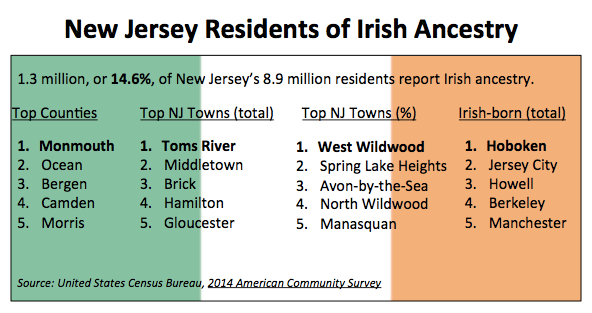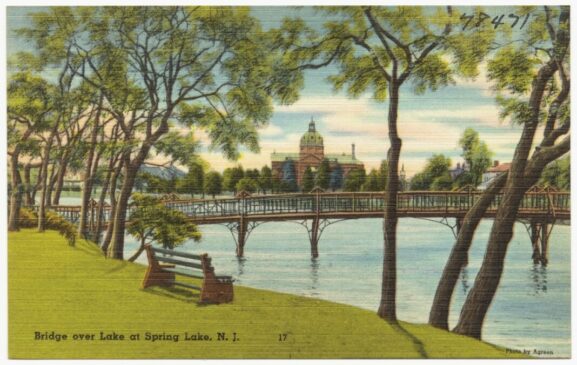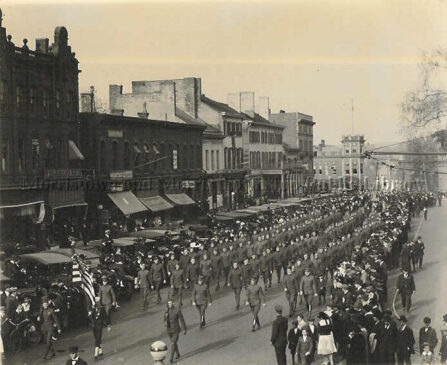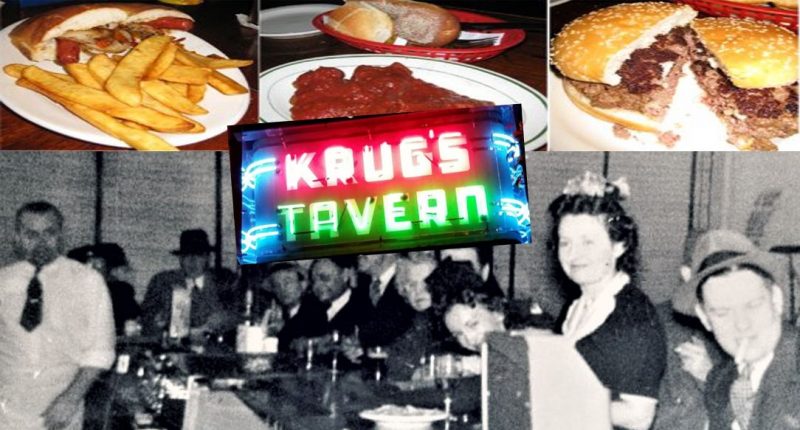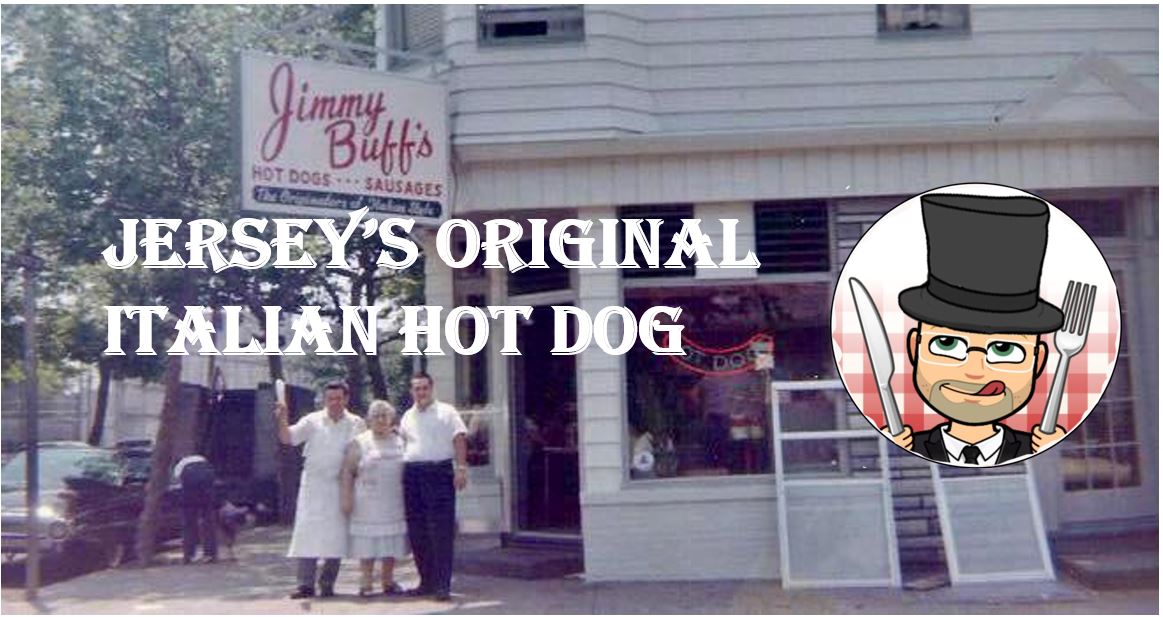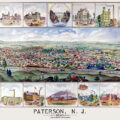The MLHP has loved researching historic places around New Jersey. The history of the Irish coming to New Jersey is a story of Ireland’s fight for survival and opportunity. The Irish migration to New Jersey is part of a broader narrative of Irish immigration to the United States, particularly during the 19th and early 20th centuries. The Irish migration to New Jersey followed similar patterns to those seen in other parts of the United States.

Early Immigration
The earliest waves of Irish migration to New Jersey occurred during the 18th century, primarily driven by economic hardship and religious persecution in Ireland. Many Irish immigrants settled in cities like Newark, Jersey City, and Paterson, where they found work in mining, manufacturing, and construction industries.
Great Famine Migration (1845-1852)
The most significant influx of Irish immigrants to New Jersey and the United States as a whole happened during the Great Famine in Ireland. A devastating potato blight led to mass starvation and prompted millions of Irish people to seek refuge abroad. Many of these immigrants arrived in New Jersey, where they contributed to the labor force, particularly in industries like canal construction and railroad building.
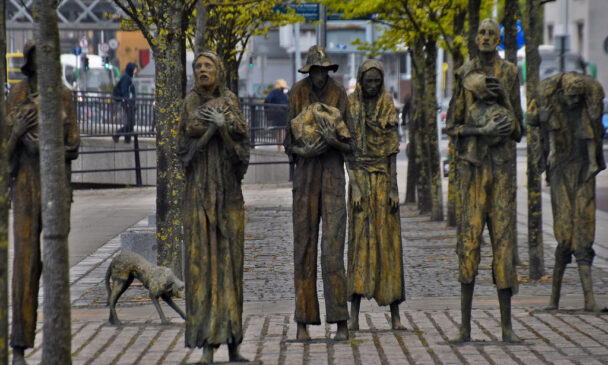
Urbanization and Industrialization
Throughout the 19th and early 20th centuries, New Jersey experienced rapid industrialization and urbanization. Irish immigrants played a crucial role in this process, providing labor for factories, mills, and other industrial enterprises. Cities like Newark and Paterson became hubs for Irish communities, with churches, social clubs, and other institutions catering to the needs of the growing Irish population.
Newark, New Jersey’s largest city, attracted many Irish immigrants, particularly during the 19th and early 20th centuries. Many Irish immigrants found work in Newark’s burgeoning industries, including manufacturing, shipping, and transportation. St. Patrick’s Pro-Cathedral in Newark served as a focal point for the Irish community.
Another major destination for Irish immigrants in New Jersey was Jersey City, located across the Hudson River from Manhattan. Irish immigrants contributed to the city’s industrial growth, working in factories, warehouses, and docks. St. Peter’s Church, established in the mid-19th century, became a prominent Irish Catholic parish in Jersey City.
Paterson, known for its textile mills and silk industry, attracted many Irish immigrants seeking employment opportunities. The city’s industrial growth in the 19th century provided jobs for Irish laborers, who settled in neighborhoods such as Dundee and Riverside. St. John the Baptist Cathedral in Paterson served as the Irish community’s religious and cultural center.
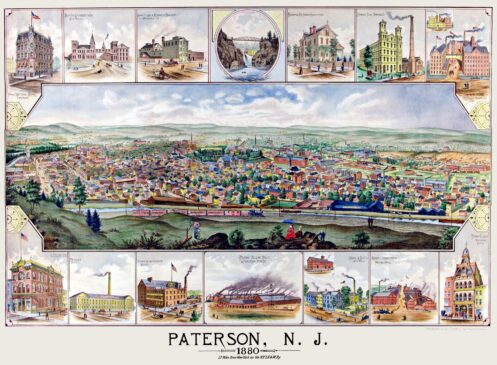
Situated along the Hudson River, Hoboken was another destination for Irish immigrants in New Jersey. Many Irish immigrants worked in the city’s port facilities and its manufacturing and shipping industries. Hoboken’s St. Francis Church, established by Irish immigrants in the mid-19th century, played a central role in the Irish community.
Elizabeth, located in Union County, attracted Irish immigrants who found employment opportunities in industries such as manufacturing and transportation. The city’s proximity to Newark and New York City made it an appealing destination for Irish immigrants seeking work. St. Patrick’s Church in Elizabeth was founded in the mid-19th century and became a prominent center for the Irish Catholic community.
New Jersey’s Irish Riviera
The term “Irish Riviera” in New Jersey typically refers to a stretch of coastline along the southern part of the state, particularly in two areas: the shore area around Spring Lake and Manasquan and Cape May County. These two areas became known as the “Irish Riviera” due to their popularity as a vacation destination for Irish Americans, particularly those from the Philadelphia and New York City areas.
The Irish Riviera gained prominence in the early to mid-20th century when Irish American families began to frequent the area for summer vacations. They were attracted by the picturesque beaches, charming Victorian architecture, and family-friendly atmosphere. Spring Lake, Manasquan, Cape May, Wildwood, and Ocean City are among the towns commonly associated with the Irish Riviera.
During the summer months, these towns would see an influx of Irish American tourists, many of whom had strong ties to Irish cultural traditions. The Irish Riviera became a place where families could gather, relax, and enjoy the beach while maintaining connections to their Irish heritage. Today, the Irish Riviera continues to be a popular vacation destination, attracting visitors from across the United States. While the term may not be as widely used as it once was, the tradition of Irish American families vacationing in Cape May County and other coastal areas of New Jersey remains strong.
Political and Social Integration
Over time, Irish immigrants and their descendants became increasingly integrated into New Jersey’s social and political fabric. They participated in local politics, established businesses, and contributed to the state’s cultural diversity. St. Patrick’s Day is celebrated with enthusiasm and pride throughout New Jersey, with parades, festivals, and cultural events organized in cities and towns across the state. These celebrations reflect the enduring influence of Irish culture and heritage in New Jersey.
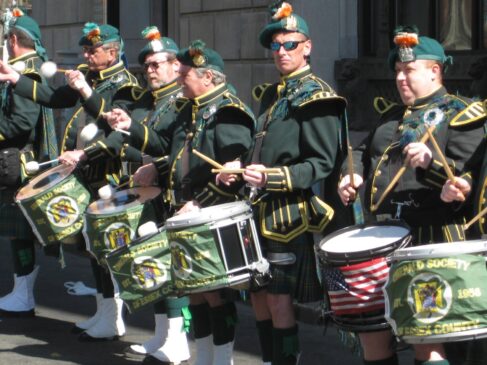
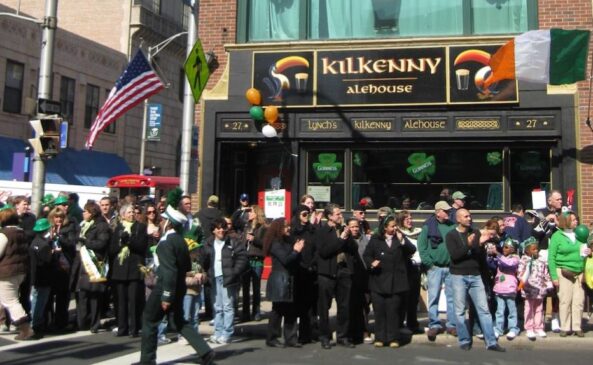
New Jersey has several cities and towns that host St. Patrick’s Day parades, reflecting the strong Irish American presence in the state. While the exact number may vary from year to year, as new parades may be established or existing ones may cease, some of the cities in New Jersey known for their St. Patrick’s Day parades include:
- Asbury Park
- Bayonne: Known for its annual St. Patrick’s Day Parade and a long history of Irish immigration.
- Belmar: Home to one of the state’s largest St. Patrick’s Day Parades.
- Cranford: Celebrates St. Patrick’s Day with a parade and has Irish pubs and restaurants.
- Hacketstown
- Hamilton
- Hoboken: Famous for lively St. Patrick’s Day celebrations and a strong Irish presence.
- Jersey City: Diverse and hosts cultural events related to Irish heritage.
- Morristown: Celebrates St. Patrick’s Day with a parade and offers Irish music and camaraderie.
- Newark – One of the largest St. Patrick’s Day parades in the state
- Nutley
- Seaside Heights
- Somerville: Cherished tradition of the Somerville St. Patrick’s Day Parade.
- South Amboy: Hosts events by the Irish-American Association, including a St. Patrick’s Day Parade.
- West Orange: Strong Irish heritage and an annual St. Patrick’s Day Parade.
- Woodbridge: Several Irish-American organizations and events celebrating Irish culture.
Here are a few more
Continued Immigration and Legacy
While the mass migration of Irish immigrants to the United States peaked in the 19th century, Irish immigration to New Jersey continued in the 20th century, albeit at a slower pace. Today, the descendants of Irish immigrants remain an integral part of New Jersey’s diverse population, contributing to its cultural heritage and identity.
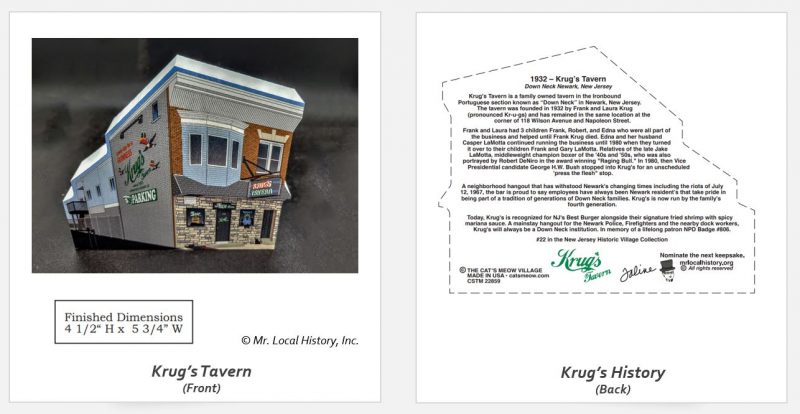
Here are some notable Irish Americans associated with the state:
- Jimmy Cagney: The legendary actor, known for his iconic roles in classic films, was born and raised in Manhattan but had strong ties to New Jersey.
- Jackie Gleason: A great comic and actor, famous for his role as Ralph Kramden in “The Honeymooners,” left a lasting impact on entertainment and had connections to New Jersey.
- Frank O’Hara: A poet associated with the New York School of Poetry, O’Hara’s work reflects the vibrancy and energy of the city, including its neighboring state, New Jersey.
- Eugene O’Neill: The renowned playwright, born in New York City, spent significant time in New Jersey, and is considered one of the most influential American dramatists.
- Pete Hamill: A prolific writer and journalist, Hamill chronicled the New York Irish experience through his powerful storytelling, which often touched on New Jersey as well.
- Thomas Dongan: In the 1680s, this County Kildare-born Catholic was appointed governor of New York and New Jersey. He encouraged religious toleration during a time of strife between Catholics and Protestants.
- DeWitt Clinton: Serving as New York mayor in the 1820s, Clinton came from a famous Scotch-Irish political dynasty. His family included generals, governors, and even a vice president.
- Archbishop John Hughes: A native of County Tyrone, Hughes played a pivotal role in building the New York and New Jersey Catholic Church during and after the Famine.
- Richard Croker: This Tammany Hall power broker, originally from Blackrock, Cork, made his mark in New York and New Jersey politics.
- Mike Quill: A union leader and Kerry native, Quill’s influence extended beyond New York City and reached New Jersey.
Overall, the history of Irish migration to New Jersey reflects broader patterns of immigration and assimilation in the United States, highlighting the contributions of immigrant communities to the state’s development and diversity.
Two Favorite Stories About Iconic Jersey Irish Pubs
And of course, it wouldn’t be a great story without listing some of the oldest Irish Pubs in New Jersey. Have a favorite? Name it in the “Comments” section below. Here are a few of our historic Irish pub favorites:
- The Dublin House (Red Bank): Dating back to the 1920s, The Dublin House is widely considered one of the oldest and most iconic Irish pubs in New Jersey.
- McGovern’s Tavern (Newark): Established in 1936, McGovern’s Tavern is a longstanding favorite in Newark, offering traditional Irish hospitality and hearty pub fare.
- Krug’s Tavern (Newark): Serving patrons since 1932, Krug’s Tavern is known for its classic American tavern fare and welcoming atmosphere.
- Molly Maguire’s Black Point Inn (Rumson): This pub has been operating since 1936. It has Irish influences and offers a traditional pub atmosphere.
- St. James Gate Publick House (Maplewood): Opened in 1977, St. James Gate is one of the oldest Irish pubs in New Jersey. It provides a cozy atmosphere and traditional Irish cuisine.
- Kelly’s Tavern (Neptune City), while not exclusively an Irish pub, has been serving patrons since 1949, making it one of the oldest and most iconic establishments in New Jersey.
- Anglesea Pub (North Wildwood), is indeed one of the oldest pubs in New Jersey and is often cited as the oldest continuously operated bar in the state. It has been serving patrons since the late 1800s, making it a historic landmark in the area.
Researching two historic icons in Newark, McGovern’s Tavern and Krug’s Tavern are two of our favorite historic Irish hangouts. Take a look at the research and drop in for a pint. If you have a favorite Irish Pub, post your favorite and why.
